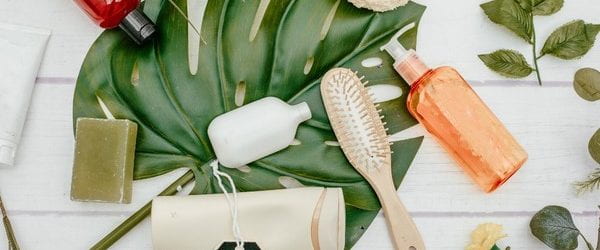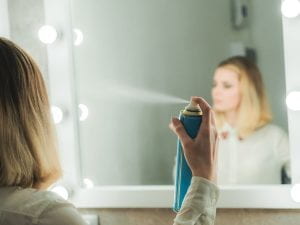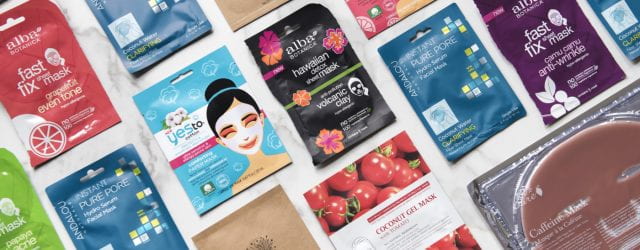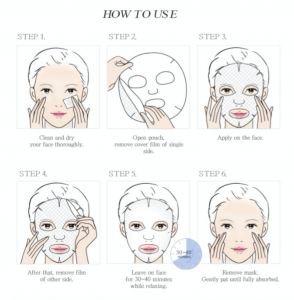Having followed our posts over the past week, ‘lowkey‘ conscious of the various beauty products you have been using? I hope you are not actively trying to avoid dolling yourself up just because of what we mentioned because… There are ways to look pretty and be environmental-friendly at the same time! You can do so by establishing a sustainable beauty routine.
But what is sustainable beauty? Sustainable beauty is about adopting eco-friendly choices and purchases for our beauty routines. As such, you should look towards supporting ethical and sustainable beauty brands who that pride themselves in sustainable products. With increased environmental consciousness, many beauty brands have taken an increased interest to be more environmentally friendly (if they are not already). Some brands that you can explore to turn your beauty routine into one that is eco-friendly and sustainable include MAC, L’Occitane, Kiehl’s, Aveda, The Body Shop, Innisfree, Armani Beauty, Clarins, and Burt’s Bees (Ghura, 2020) – stay pretty while helping Mother Earth stay healthy!
In addition to beauty care products, you could also ‘green’ your beauty routine through the use of reusable items such as reusable cotton pads, makeup remover pads, and cotton swabs. This way, you will avoid throwing out tons of single-use cotton rounds which contributes to environmental pollution. Remember: it takes a lot of water to grow cotton, and even more to turn them into usable products. The reusable options are not only eco-friendly, but it can help you save a bunch of money too (Balsamo, 2020)!
Of course, we do not just stop at purchasing sustainable products. It is a routine sooo, it is an enduring process of being eco-friendly.
What do you do with your empty product containers? Throw it out in the bin? Hold up! Instead of trashing it out in a domestic waste bin, recycle it. Many beauty brands have been actively encouraging container recycling by providing customers with incentives. For instance, at Innisfree’s Play Green Campaign, customers can recycle their used bottles at stores and get rewarded. To date, between 2003 and 2015, a total of 12,524,850 empty bottles have been recycled in Innisfree Korea. Similarly, M.A.C’s Back-2-M.A.C take back program encourages customers to return six empty makeup containers and get a new product in return. The empty containers are then recycled or converted to energy, reducing the amount of packaging that ends up in the landfill.
But what happens in the unfortunate event where your newly bought beauty product is not to your liking and you can’t recycle it since its pretty much unused? Anything but throwing it out. You could consider gifting it away to friend and family, or even donate it! I’m sure most people would not mind receiving a barely used product. This way, not only does it reduce purchases by others, but it would also prevent the products from being wasted.
So, what are you waiting for? Join me on having a sustainable beauty routine today!
References:
Balsamo, L. (2020, October 21). 9 Best Reusable Cotton Rounds to Replace Your Single-Use Wipes. Cosmopolitan. https://www.cosmopolitan.com/style-beauty/beauty/g34329071/best-reusable-cotton-rounds/
Ghura, P. (2020, July 6). How to build a sustainable beauty routine. https://www.prestigeonline.com/sg/beauty-wellness/beauty/sustainable-beauty-routine-guide/






















